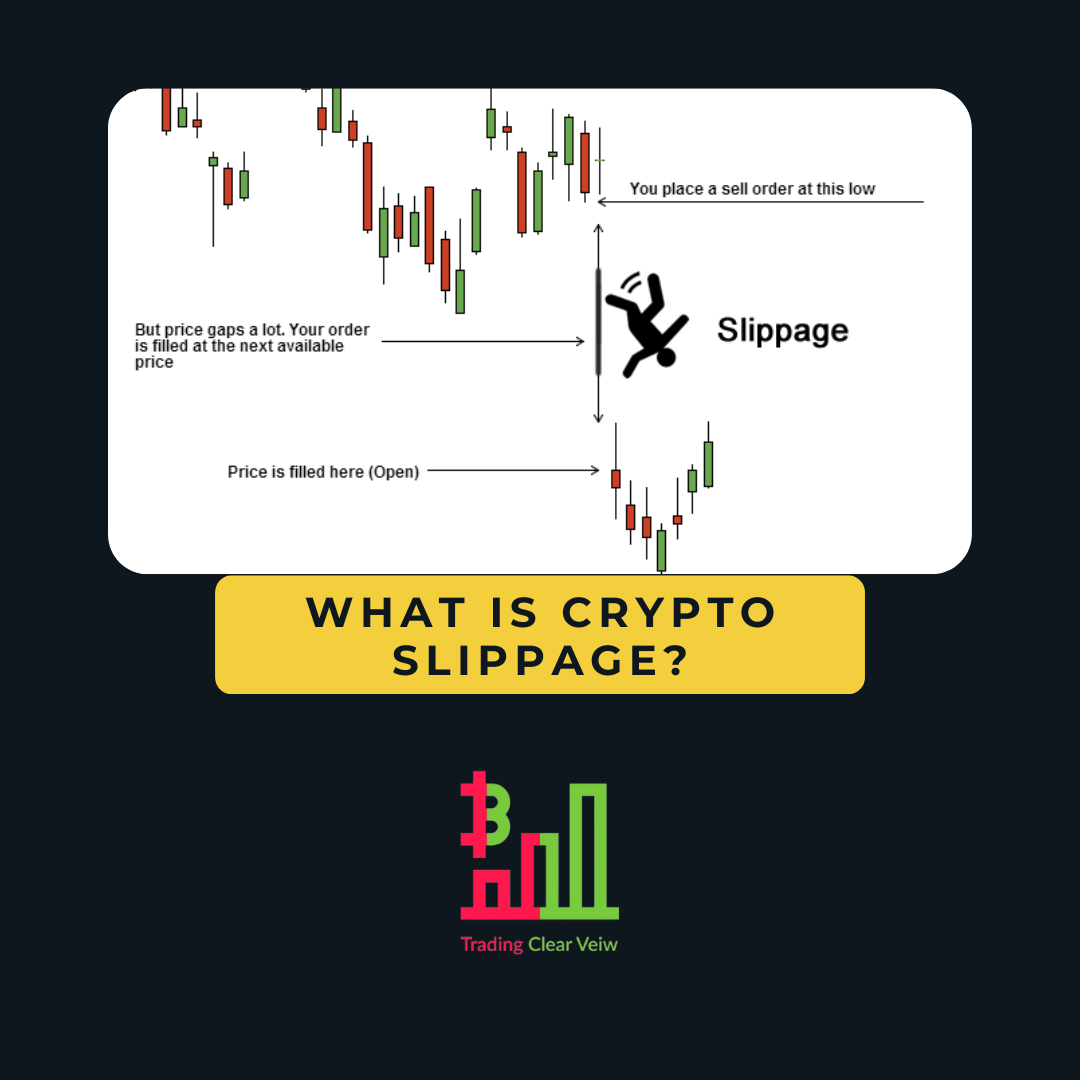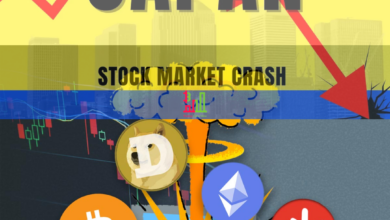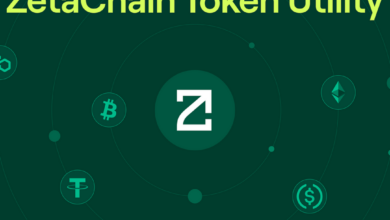What is crypto slippage?

Crypto slippage refers to the difference between the expected price of a cryptocurrency trade and the actual executed price of that trade. This difference can occur due to market volatility, liquidity issues, and order book depth.
When you place a buy or sell order for a cryptocurrency, you set a specific price at which you want to buy or sell that asset. However, due to the dynamic nature of the cryptocurrency market, the actual price at which your order is executed may differ from the price you set. This difference in price is known as slippage.
Slippage can be positive or negative, depending on whether the actual price is higher or lower than the expected price. For example, if you place a buy order for Bitcoin at $50,000, but the market price suddenly rises to $52,000 before your order is filled, you may experience positive slippage because you end up buying Bitcoin at a lower price than expected.
On the other hand, if the market price drops to $48,000 before your order is filled, you may experience negative slippage because you end up buying Bitcoin at a higher price than expected.
Slippage is particularly relevant in the cryptocurrency market because of its high volatility and low liquidity, which can cause sudden and significant price movements. Traders and investors should be aware of the potential for slippage when placing orders, and may use strategies like limit orders or stop-loss orders to mitigate its impact.
Why does it happen?
Crypto slippage happens because of various factors that can affect the market price of a cryptocurrency. Here are some of the most common reasons why slippage occurs in crypto trading:
- Market volatility: Cryptocurrencies are highly volatile assets, and their prices can fluctuate rapidly in response to various factors, such as news events, regulatory changes, and market sentiment. When the market is highly volatile, the bid-ask spread (the difference between the highest price a buyer is willing to pay and the lowest price a seller is willing to accept) may widen, which can result in slippage for traders.
- Liquidity issues: Cryptocurrency markets are still relatively small compared to traditional financial markets, which means that liquidity can be limited. When there are not enough buyers or sellers in the market to match a trader’s order, the order may be filled at a price that differs from the expected price, resulting in slippage.
- Order book depth: The order book is a list of all buy and sell orders for a particular cryptocurrency. The depth of the order book refers to the number of orders at each price level. If there are not enough orders at a particular price level to fill a trader’s order, the order may be filled at a higher or lower price than expected, resulting in slippage.
- Execution speed: The speed at which a trader’s order is executed can also impact slippage. If the market price moves quickly before an order can be executed, the order may be filled at a price that differs from the expected price, resulting in slippage.
Overall, slippage is a natural occurrence in any trading market, and it is important for traders to be aware of the potential for slippage and to manage their orders accordingly.
What is slippage tolerance?
Slippage tolerance refers to the maximum amount of slippage that a trader is willing to accept on a particular trade. In other words, it is the maximum difference between the expected price and the executed price of an order that a trader is willing to tolerate.
Slippage tolerance is an important consideration for traders because it can have a significant impact on their profitability. If a trader sets their slippage tolerance too low, they may miss out on potential trades because their orders are not filled. On the other hand, if they set their slippage tolerance too high, they may incur significant losses due to slippage.
Traders may use various methods to set their slippage tolerance, including analyzing historical market data, monitoring market volatility and liquidity, and considering their overall risk tolerance.
Some traders may also adjust their slippage tolerance based on the specific cryptocurrency they are trading, as different cryptocurrencies may have different levels of volatility and liquidity.
Traders can manage their slippage tolerance by using different types of orders, such as limit orders or stop-loss orders, which can help to control the price at which their orders are executed. By setting their slippage tolerance appropriately and using these types of orders, traders can minimize the impact of slippage on their trading performance.
How to adjust slippage?
Adjusting slippage can be done in a few different ways, depending on the trading platform or exchange you are using. Here are some common methods for adjusting slippage:
- Use limit orders: A limit order is an order that specifies the maximum price a trader is willing to pay for a buy order or the minimum price a trader is willing to accept for a sell order. By using limit orders, traders can avoid paying more than their specified price or receiving less than their specified price, thus reducing the potential for slippage.
- Use stop-loss orders: A stop-loss order is an order that automatically sells a cryptocurrency when it reaches a certain price level. This can be useful in managing risk, as it can help to limit potential losses. By using stop-loss orders, traders can also avoid unexpected slippage in the event of sudden price movements.
- Adjust slippage tolerance: Traders can adjust their slippage tolerance based on their risk tolerance and market conditions. If the market is highly volatile or illiquid, traders may need to adjust their slippage tolerance accordingly to avoid significant losses. However, setting a slippage tolerance that is too low may result in missed opportunities.
- Monitor the market: Traders should monitor the market and stay up-to-date on news events, regulatory changes, and market sentiment that may impact the price of cryptocurrencies. By keeping a close eye on the market, traders can adjust their orders and slippage tolerance as needed to avoid unexpected slippage.
Overall is an important part of managing risk in cryptocurrency trading. By using various types of orders and adjusting slippage tolerance as needed, traders can help to minimize the impact of slippage on their trading performance.




